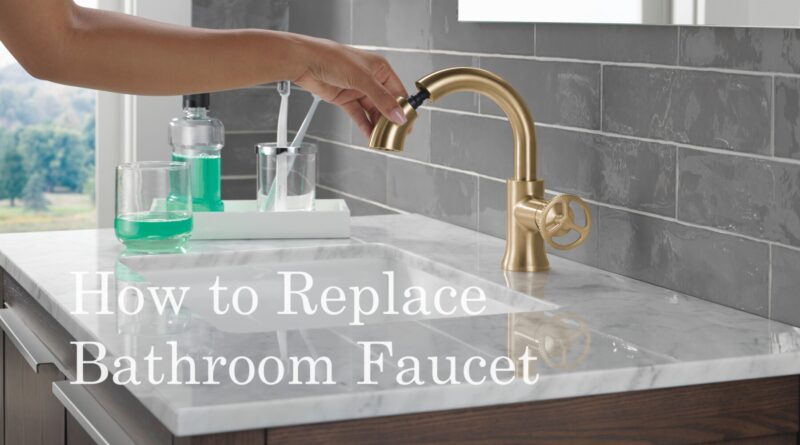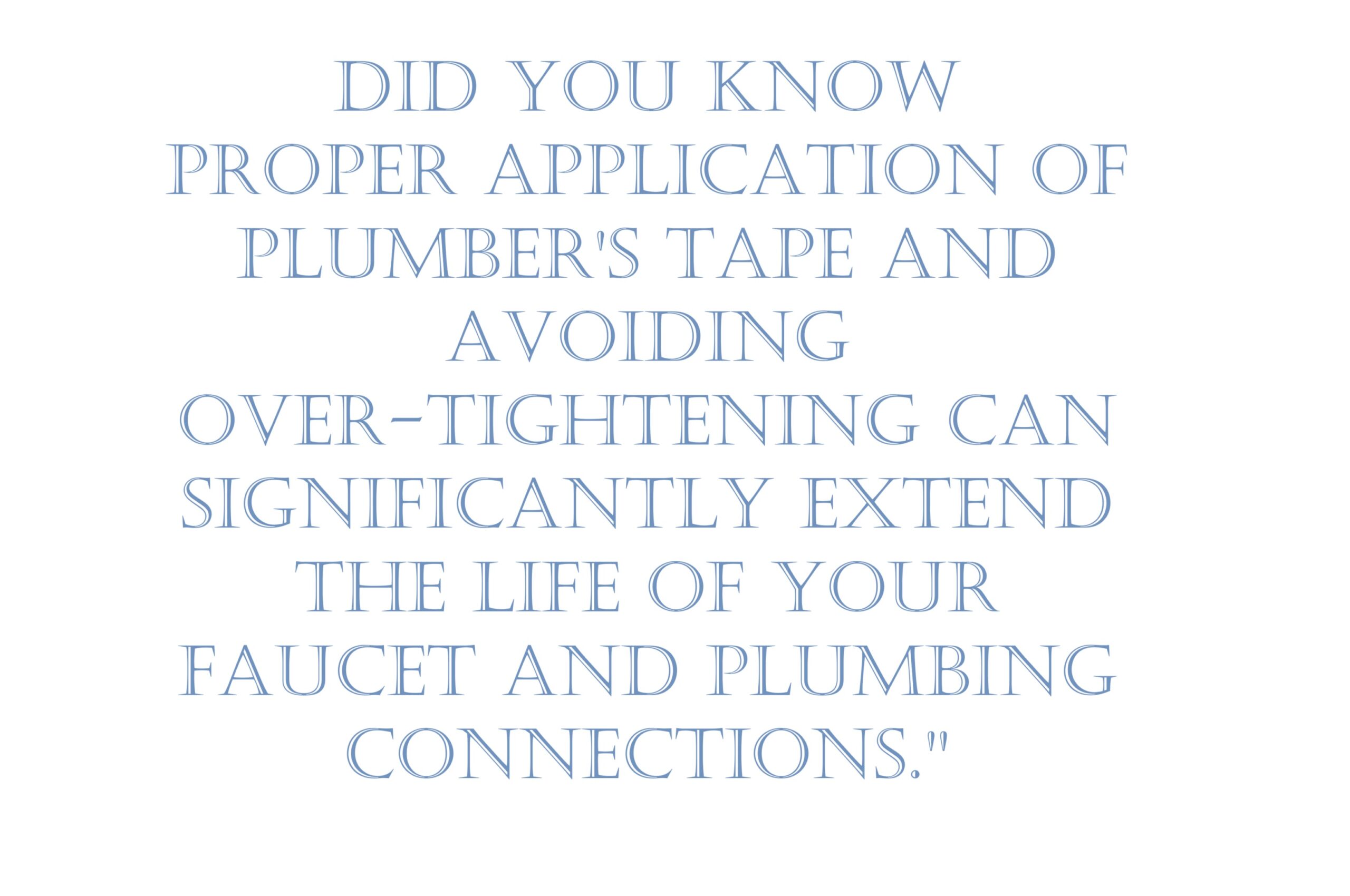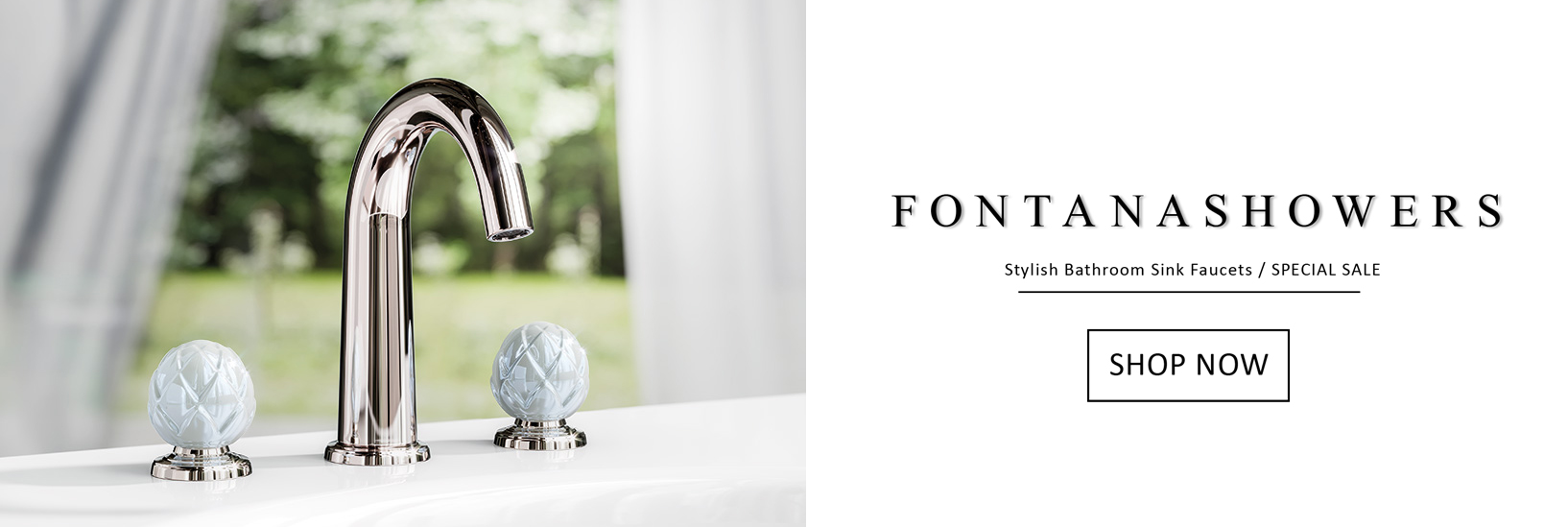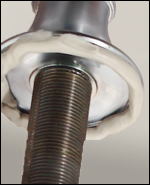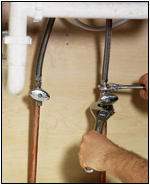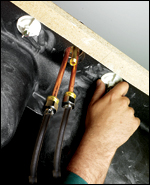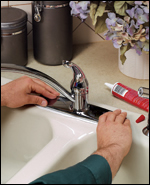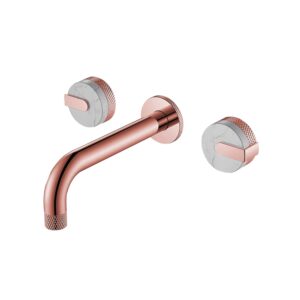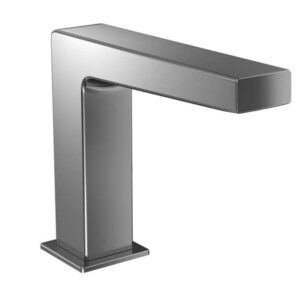How to Replace Bathroom Faucet
Changing Faucet Bathroom
Is it time to replace your bathroom faucet? While regular maintenance can extend its lifespan, persistent issues like frequent leaks, stiff handles, uneven water pressure, temperature inconsistencies, or visible water buildup are clear signs it’s time for an upgrade. Additionally, an outdated design or inefficiency in performance may justify the switch. Replacing your faucet not only resolves functional problems but also enhances the overall look and efficiency of your bathroom. If you’re facing any of these issues, investing in a new, high-quality faucet is the smart next step
If you have one of the following factors, you need to replace your faucet: frequent repairs, water buildup, struggling with stiff handles, uneven water pressure, temperature fluctuations, and outdated style.
How to change the bathroom faucet?
Although changing a bathroom faucet can be a simple DIY task for those who have the required tools and follow the steps involved, for an ideal installation, some dos and don’ts must be followed. The first step is to turn off the water supply valves, mostly at the bottom of the sink, to prevent water leakage due to water pressure, and turn on the faucet to eliminate any water left behind. Shut off the water supply lines with an adjustable wrench, with a bucket or towel positioned to catch spillage. Using a basin wrench, you will now remove the old faucet by loosening the nuts on its underside at the sink. Then, take a good tug from underneath to lift it off. Cleaning around the holes of any residue left from the old putty or sealant will ensure a smooth, watertight seal between the new faucet and the sink.
Here are the step by step:
Step 1: Gather Your Tools
You’ll need an adjustable wrench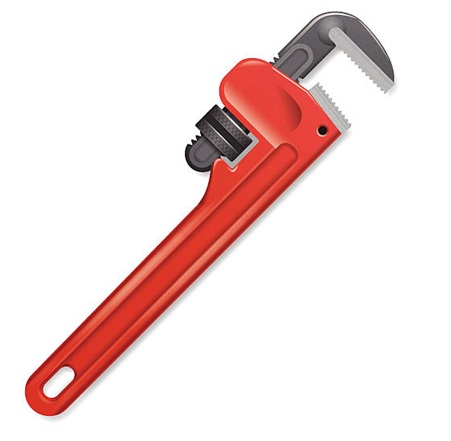 , basin wrench
, basin wrench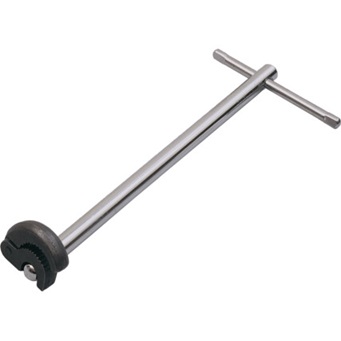 , plumber’s tape
, plumber’s tape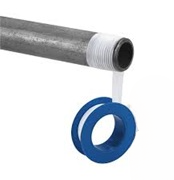 , bucket, and a new faucet.
, bucket, and a new faucet.
Step 2: Turn Off the Water Supply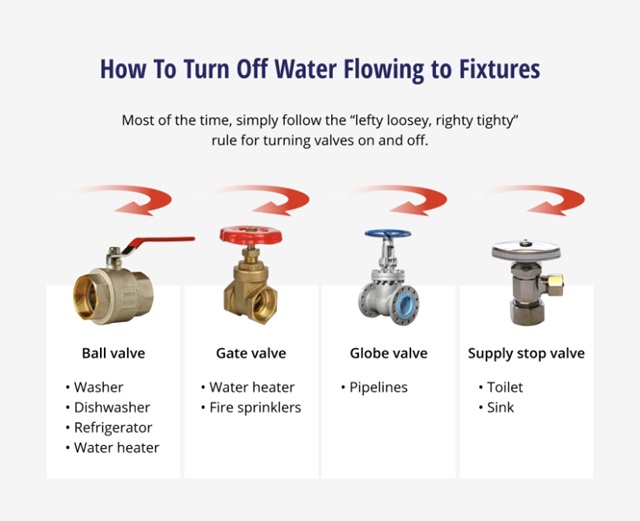
Locate the shutoff valves under the sink and turn them off.
Open the faucet to drain any remaining water.
Step 3:
Disconnect the water supply lines using a wrench.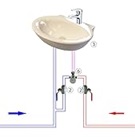
Unscrew the mounting nuts beneath the sink, then lift out the old faucet.
Step 4: Clean the Surface
Scrape off old sealant and wipe the sink area to ensure a smooth installation surface.
Step 5: Install the New Faucet
Position the new faucet in place, secure it with mounting nuts, and attach the supply lines.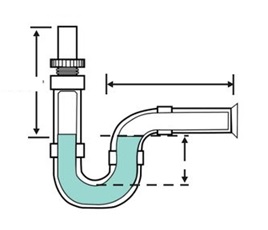
Step 6: Test for Leaks
Turn the water back on and check for leaks around the connections. Tighten fittings if necessary.
Step 7: Seal the Base
Apply plumber’s putty or silicone sealant around the faucet base for a watertight seal.
A new faucet enhances efficiency, style, and functionality,
making this a rewarding home upgrade.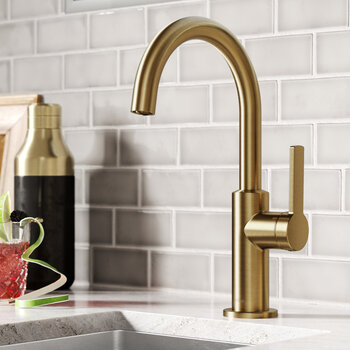
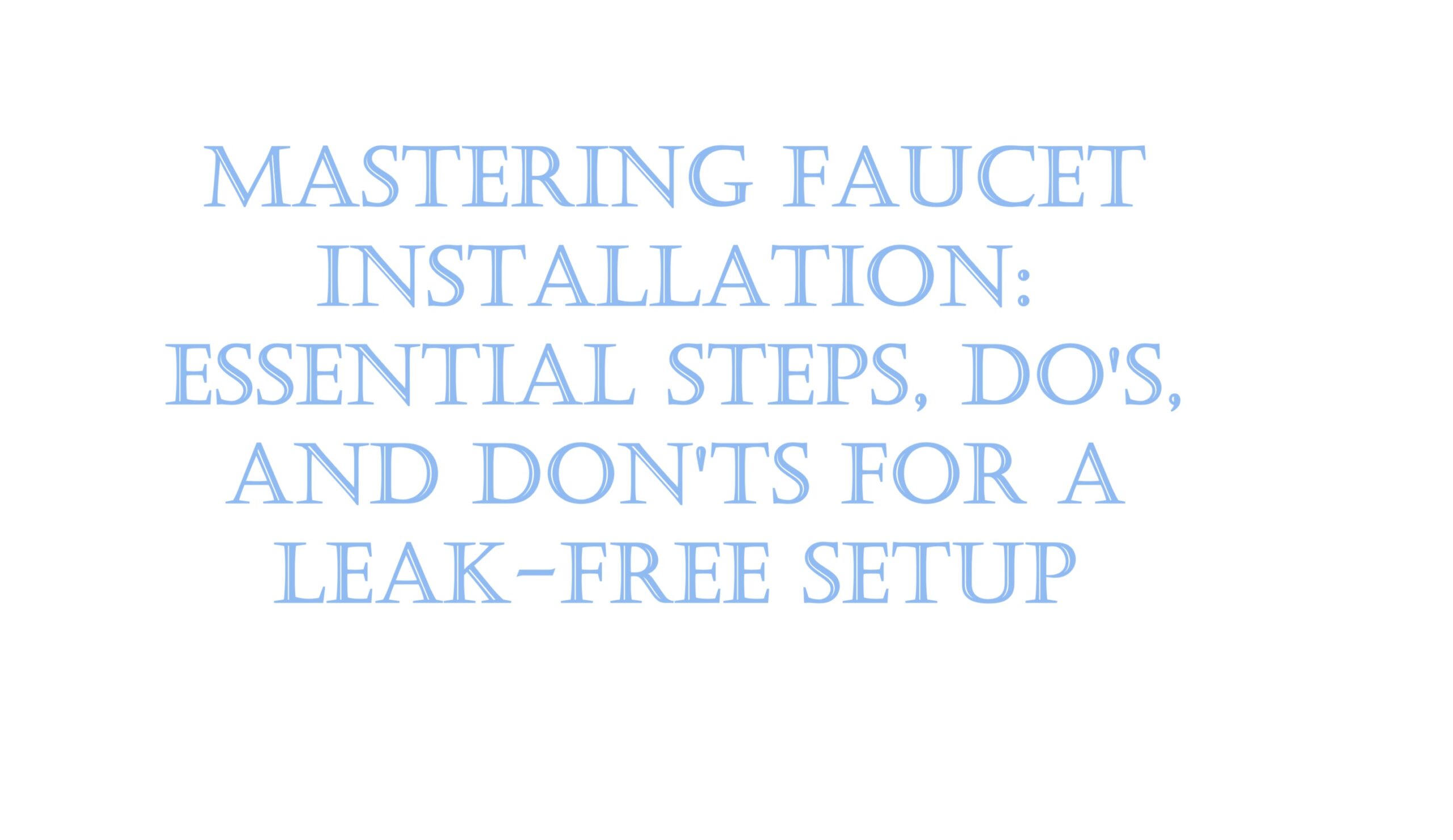
How to Replace a Bathroom Faucet
- “Step-by-Step Guide: Replacing Your Bathroom Faucet Made Easy”…read more
- “DIY Bathroom Faucet Replacement: A Complete Tutorial”…read more
- “Upgrade Your Bathroom: How to Replace a Faucet in Simple Steps”…read more
- “Bathroom Faucet Replacement: Tools, Tips, and Techniques”…read more
- “Mastering Faucet Replacement: A Beginner-Friendly Guide”…read more
- “How to Replace a Bathroom Faucet Like a Pro”…read more
- “Simple Bathroom Upgrades: Replacing a Faucet in 7 Easy Steps”…read more
- “Trouble-Free Guide to Bathroom Faucet Installation”…read more
- “Essential Tips for Changing Your Bathroom Faucet at Home”…read more
- “Save Time and Money: Replace Your Bathroom Faucet Yourself”…read more
- “Revamp Your Space: A Practical Guide to Faucet Replacement”…read more
- “Bathroom DIY: Replacing Faucets for a Fresh New Look”…read more
- “From Drip to Shine: Bathroom Faucet Replacement Guide”…read more
- “How to Replace Your Old Faucet Without a Plumber”…read more
- “The Ultimate Guide to Bathroom Faucet Installation”…read more
- “Bathroom Makeover 101: Replacing Your Faucet in Style”…read more
- “Fix It Yourself: Easy Bathroom Faucet Replacement Tips”…read more
- “A Step-by-Step Bathroom Faucet Replacement Checklist”…read more
- “Faucet Replacement 101: Everything You Need to Know”…read more
- “DIY Bathroom Upgrades: Replace Your Faucet Like an Expert”…read more
Install the new faucet by placing a small ring of plumber’s putty or silicone sealant around the base, as indicated in the instructions, insert it into the sink holes, and tighten the nuts with the wrench. Wrap the threaded water line connections with the plumber’s tape to ensure a secure connection, then reattach them, hand-tighten them, and give them a final turn with the wrench without overtightening. Turn on the water supply and faucet to check for leaks. Other dos would include following compatibility provided by the manufacturer, taping threaded connections with plumber’s tape to avoid leaks, and tightening nuts firmly without excessive stiffness, as it may cause damage. Key don’ts involve refraining from the temptation to force connections too tightly, skipping the water shut-off to cause a flood, or ignoring small leaks that, although minuscule, can cause major damage should they be left unattended. With these steps and precautions, changing a faucet can be a simple and rewarding project.
How to change a bathroom faucet? Why and How …
Is it due to leaks and drips, corrosion and rust, or decreased water pressure? Is it because you have an outdated style or finish? Maybe it is difficult to operate, uses inefficient water, requires frequent repairs, or simply desires to update the look or upgrade to smart features. If you encounter one or a few of these issues, they are most likely signs that it might be time for a replacement.

When you think about the most used areas in your home, the bathroom likely comes to mind. It’s a space that serves multiple essential functions daily. One of the key elements in any bathroom is the faucet. Over time, this fixture may need replacing due to wear and tear.

But here comes the main question: How to Replace a Bathroom Faucet. Don’t worry if you’re not a handyman. Replacing a faucet isn’t as tough as it seems. You can do it with patience, attention to detail, and the right approach. Whether you’re a DIY pro or a beginner, this guide will provide all the necessary information.
Several key factors should be considered when replacing a faucet to ensure a successful and satisfying upgrade. Here are the most important aspects to focus on: Compatibility with Sink/Countertop (the new faucet matches the hole configuration). Water Flow and Pressure (flow rate that balances water “conservation” with solid performance). Ease of Installation & Maintenance (DIY-friendly installation kits and ceramic disc valves can reduce time & maintenance needs.
Before you start, it’s essential to choose a suitable replacement. There are many options out there, each with unique features and designs. This guide will explore three types of faucets that could perfectly fit your bathroom.
Fontana Sarzana Dual Handle Wall Mounted Bathroom Faucet
For those who love a modern touch, a dual-handle wall-mounted faucet is an excellent choice. It has two handles for hot and cold water, providing precise temperature control. The design saves counter space, making it great for smaller bathrooms or those who prefer a minimalist look.
Installing this type of faucet requires some basic plumbing knowledge since it involves mounting it directly onto the wall. But once it’s up, you’ll have a sleek, stylish, and functional faucet that adds elegance to your bathroom.
When replacing this faucet, start by turning off the water supply. Then, unscrew the bolts to remove the existing faucet from the wall. Next, mount the new faucet onto the wall and attach the water lines. Be sure to check for leaks before tightening everything up.
Last but not least, consider the faucet’s durability. Look for a product that boasts high-quality construction and a finish that resists corrosion.
Removing the Old Faucet
Before you start, you must be familiar with the steps involved in replacing a bathroom sink faucet. This guide will help you remove your existing faucet without damaging the supply lines or sink.
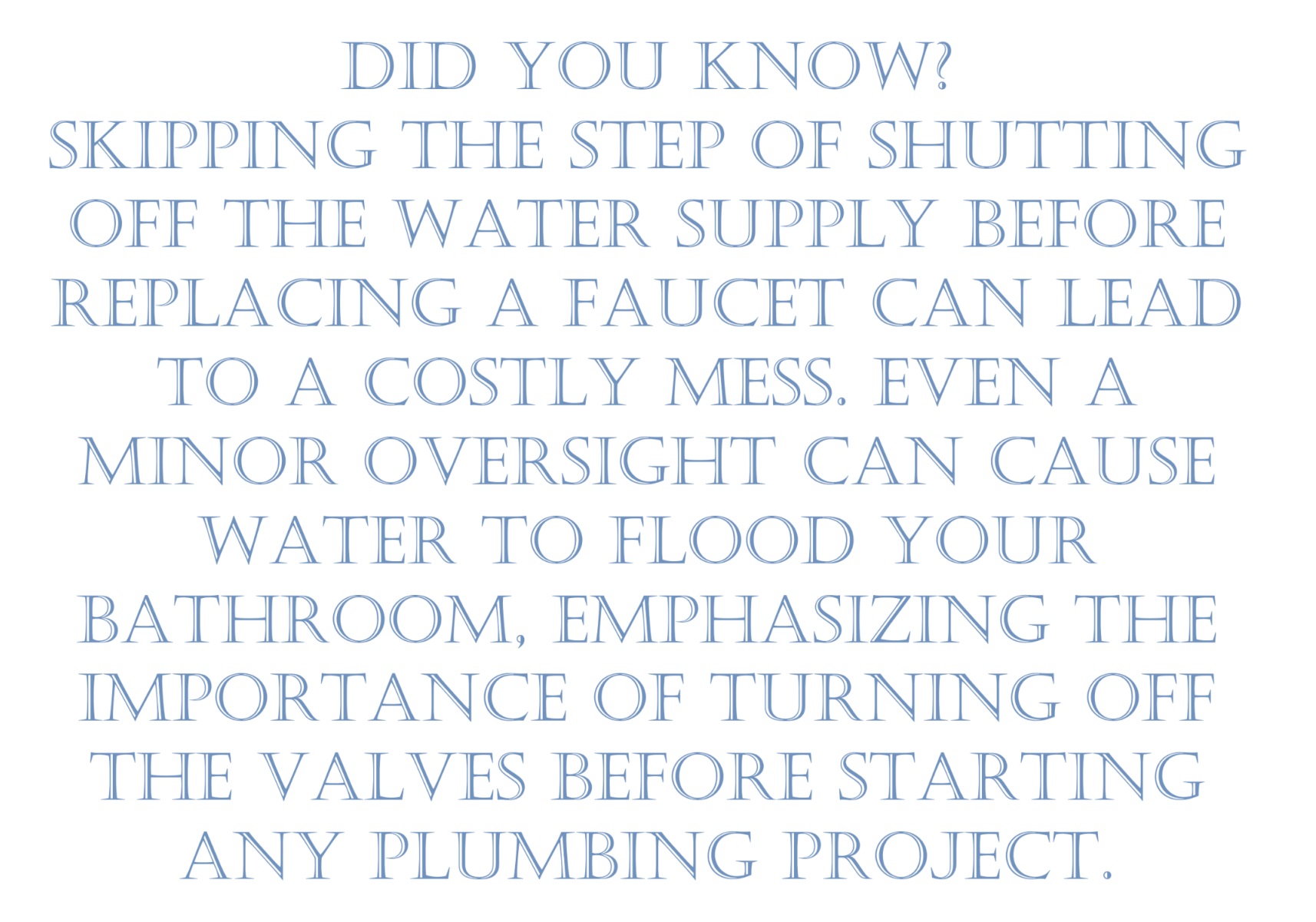
Tools You Might Need:
- Faucet wrench
- Faucet change-out tool (for attaching and loosening supply lines)
- Cartridge puller (for removing frozen cartridges)
Preparing for the New Faucet

Replacing bathroom faucet!
Step 1: Turn Off the Water Supply
- Locate the water supply valves under the sink and turn them off.
- Open the faucet to drain any remaining water in the pipes.
Step 2: Disconnect the Supply Lines

- Use the appropriate tools to disconnect the supply lines from the faucet.
Step 3: Remove the Drain
- If your faucet includes a matching drain, you’ll need to remove the existing one.
Step 4: Remove the P-Trap
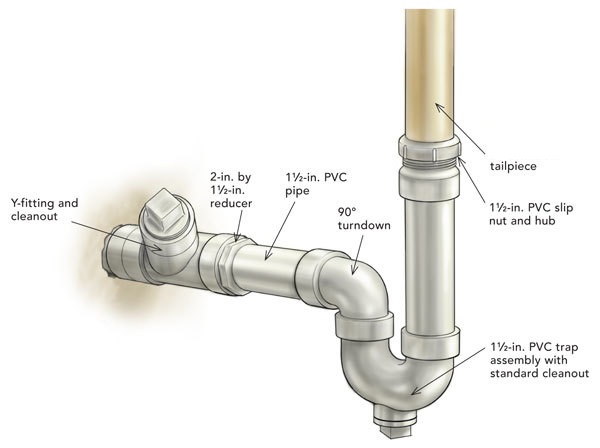
- Place a bucket under the sink to catch water, then remove the P-trap.
Step 5: Disconnect the Drain
- Carefully disconnect the drain from the sink.
Step 6: Clean Up Around the Old Drain
- Ensure the area around the old drain is clean and ready for the new installation.
Installing the New Faucet
Step 1: Insert the Faucet Through Mounting Holes
- Align the faucet gasket with the sink holes.
- Insert the faucet through the mounting holes and secure it by tightening the nuts.
Step 2: Install the Drain Body and Rubber Washer
- Place the drain body and rubber washer on top of the sink.
- Apply silicone between the rubber gasket and the bottom of the sink.
- Secure with a lock nut and clean any excess silicone with mineral spirits.
Step 3: Insert the Ball Rod
- Insert the ball rod into the drain assembly and tighten the sleeve.
- Insert the lift rod into the faucet.
- Connect the lift rod to the lift rod strap and ensure the ball rod is in the down position.
Step 4: Connect the Supply Lines and Install the Sink
- Before setting the sink in place, connect the supply lines to the faucet shanks.
- Install the sink and connect the supply lines to the water valves.
Step 5: Flush the Faucet and Check for Leaks
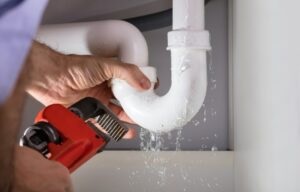
- Remove the aerator from the faucet.
- Run hot and cold water for one minute to flush the system.
- Check all connections for leaks and retighten if necessary.
- Replace the aerator.
Shop for Fixtures
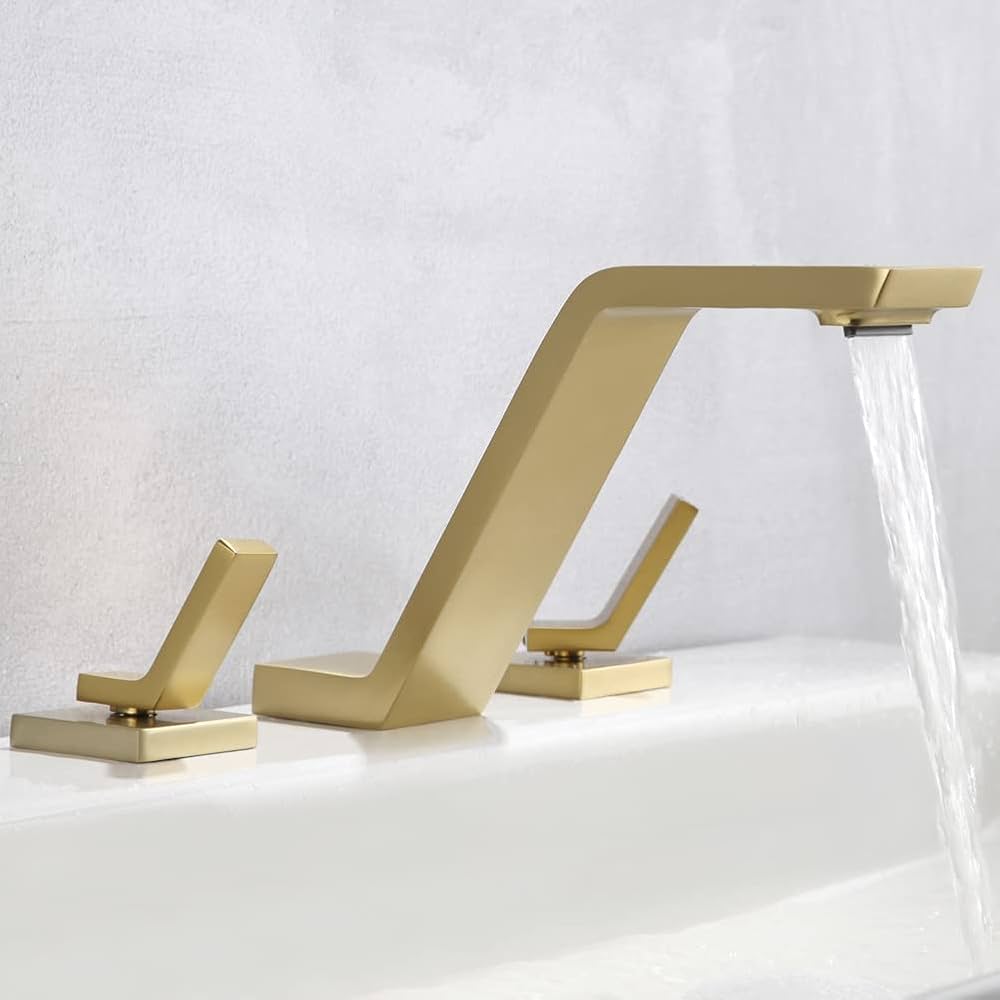
By following these steps, you can successfully replace your bathroom sink faucet and ensure everything is working correctly.

Fontana EcoPower Single Hole Bathroom Faucet
Another fantastic option is the EcoPower single-hole bathroom faucet. Known for its simplicity and user-friendliness, it has just one handle for controlling both the temperature and water flow. It’s practical and fits into any bathroom.
One of the standout features of this faucet is its eco-friendly design. Some models have a water-saving feature that reduces water use without compromising performance. This can help you save water bills over time.
To replace an EcoPower single hole faucet, first turn off the water supply. Then, disconnect the water lines from the old faucet. After removing the old faucet, place the new one in the hole and reconnect the water lines. As always, double-check for leaks before securing everything in place.
Its compact design also makes it suitable for smaller bathrooms. And the installation process is relatively straightforward since it only requires one hole in the sink.
Fontana Hot and Cold Bathroom Sink Faucet
Finally, we have the hot and cold bathroom sink faucet. This style typically comes with two handles for controlling the temperature and water flow. It’s a classic design that blends well with any bathroom decor.
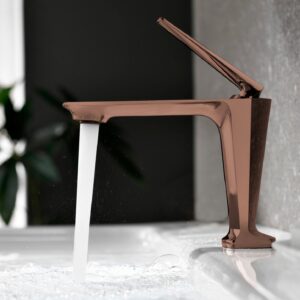 One of the key benefits of this type of faucet is its versatility. It can be installed on various types of sinks, including undermount, drop-in, and vessel sinks. The installation involves connecting the faucet to the existing plumbing lines beneath the sink.
One of the key benefits of this type of faucet is its versatility. It can be installed on various types of sinks, including undermount, drop-in, and vessel sinks. The installation involves connecting the faucet to the existing plumbing lines beneath the sink.
To replace a hot and cold bathroom sink faucet, turn off the water supply. Then, disconnect the water lines from the old faucet and remove it from the sink. Next, place the new faucet in the appropriate holes and reconnect the water lines. Be sure to check for leaks before finally tightening all the connections.
When choosing a hot and cold bathroom sink faucet, consider the material and finish. Stainless steel and chrome are two popular options due to their durability and ease of maintenance.
Notes
Replacing or Changing the bathroom faucet can give your bathroom a fresh new look. Whether you choose a dual-handle wall-mounted faucet, an EcoPower single-hole faucet, or a traditional hot and cold faucet, each offers unique advantages.
Consider design, ease of installation, eco-friendliness, and durability when choosing. With some thought and effort, you’ll have a new faucet that enhances your bathroom’s functionality and aesthetic appeal.
In this article, we covered
How to Remove a Bathroom Faucet?
Changing the bathroom faucet while removing a bathroom faucet involves several careful steps to ensure the job is done correctly without causing damage to any existing components. Changing the bathroom faucet first, you’ll need to turn off the water supply valves under the sink by turning the handles clockwise and then open the faucet to drain any remaining water from the pipes. Place a bucket under the sink to catch any drips, and use an adjustable wrench to disconnect the supply lines from the faucet. If your faucet has separate handles, remove any decorative caps with a screwdriver, unscrew the handles, and remove any escutcheons or trim pieces covering the faucet body. Using a basin wrench, reach up behind the sink to loosen and remove the mounting nuts that secure the faucet in place, and once loosened, unscrew them completely by hand. If your faucet has a lift rod for the drain stopper, disconnect it by loosening a set screw or unclipping a linkage. Carefully lift the faucet out from the top of the sink; if it’s stuck due to old caulk or sealant, gently wiggle it back and forth to loosen it, using a utility knife to cut through any sealant if necessary. Finally, clean the area around the sinkholes to remove any old sealant, grime, or debris, ensuring a smooth surface for installing a new faucet. Throughout the process, keep all parts and screws together in a small container to avoid losing them, and have towels or rags handy to clean up any spills or drips.

Here Are Most FAQs regarding this Subject:
Upgrading Faucet Bathroom fixtures can make a big difference in style and functionality. Whether you are Replacing Faucet Bathroom setups to remove outdated designs or Installing New Faucet Bathroom options for enhanced features, the Redesigning Faucet Bathroom process is transformative. For a fresh look, Switching Faucet Bathroom styles with modern finishes like chrome or matte black can bring a contemporary feel. If you’re tackling a renovation, Renovating Faucet Bathroom components ensures design and practicality. Consider Updating Faucet Bathroom features with touchless technology or aerated flows for improved water efficiency. When issues arise, Repairing Faucet Bathroom fixtures or even Reinstalling Faucet Bathroom systems can restore optimal performance. For a personal touch, Customizing Faucet Bathroom elements with unique designs and finishes is a great choice. Whether you’re Transforming Faucet Bathroom fixtures or simply Improving Faucet Bathroom efficiency, these upgrades redefine your bathroom experience.
How Do I Choose the Right Replacement Faucet for My Bathroom?

Measure center to center on your current faucet, if applicable. Usually, This is 4″ center to center or 8″ center to center. Ensure the new faucet is one of these two sizes. Also, consider your sink’s hole configuration and ensure the new faucet design fits.
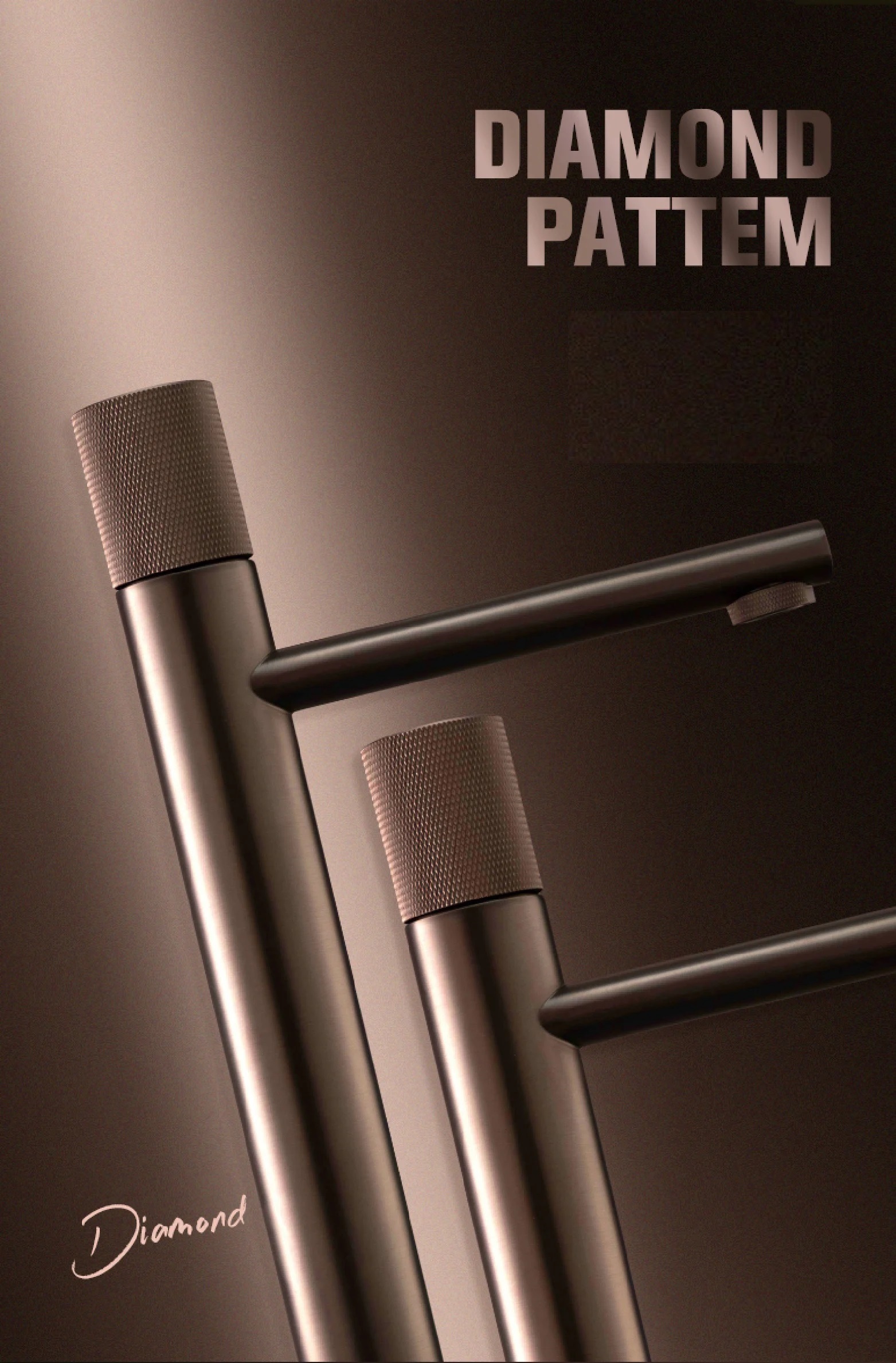
What tools will I need to replace a bathroom faucet?
You’ll typically need an adjustable wrench, basin wrench, pliers, plumber’s tape, and possibly a screwdriver.
A flashlight may be necessary for seeing under the sink.
Perhaps the best answer to this question is: Yes.
Yes, always turn off the water supply to prevent flooding. Generally, most shut-off valves are located under the sink. To close, simply turn the shut-off valves clockwise. After shutting off, open the faucet to drain out the remaining water and pressure in the lines.
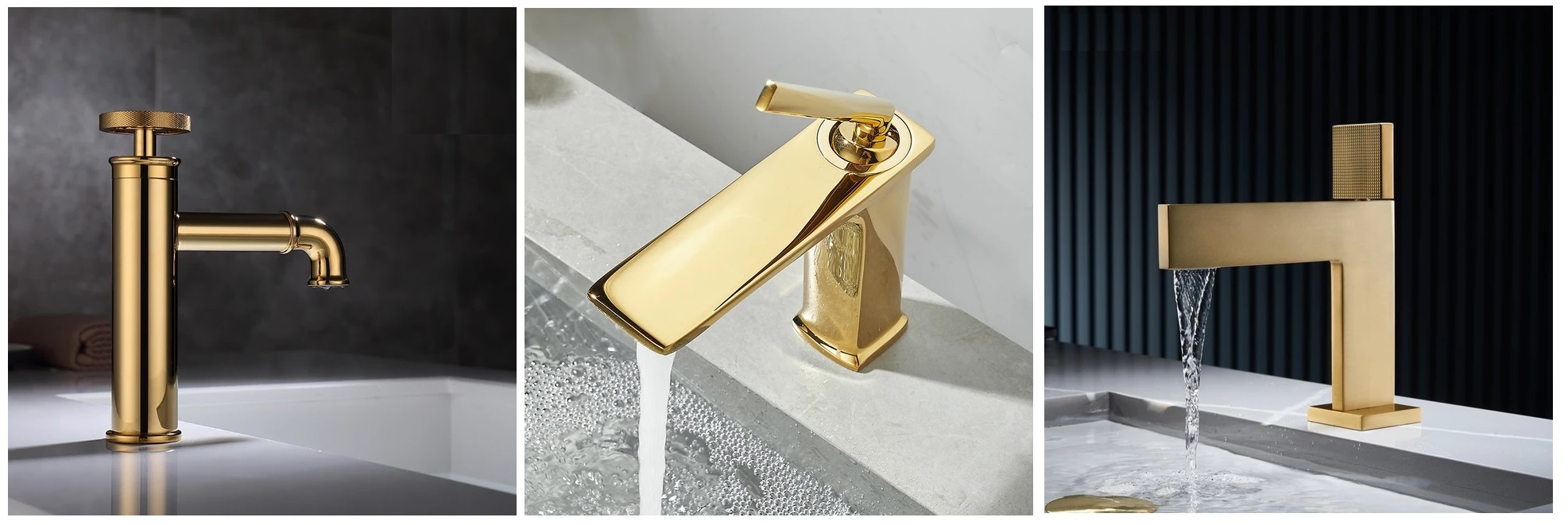
How do I remove the old faucet?
First, you must shut off the water supply lines using an adjustable wrench. Afterward, you must use a basin wrench to remove the nuts holding the faucet. After these are loose, you can remove the old faucet from the sink.
Modernizing Faucet Bathroom systems can elevate your space with sleek, updated designs. Reinstalling Faucet Bathroom fixtures ensures optimal performance and durability. Enhancing Faucet Bathroom functionality through innovative features, Adjusting Faucet Bathroom settings, or Redesigning Faucet Bathroom aesthetics adds both practicality and style to any bathroom.
How do I install a new one without leakage?
Apply the plumber’s tape to the threads of the water supply lines for a good seal. Everything should be snug, but do not tighten too much when attaching a faucet or reattaching the supply lines since this can crush the fittings.
What can I do if my new faucet leaks?
Check all connections for tightness. If the leaks persist, make sure you have used enough plumber’s tape on the threads. If the problem still persists, the faucet or the supply lines could be faulty and may need to be replaced or reinstalled.
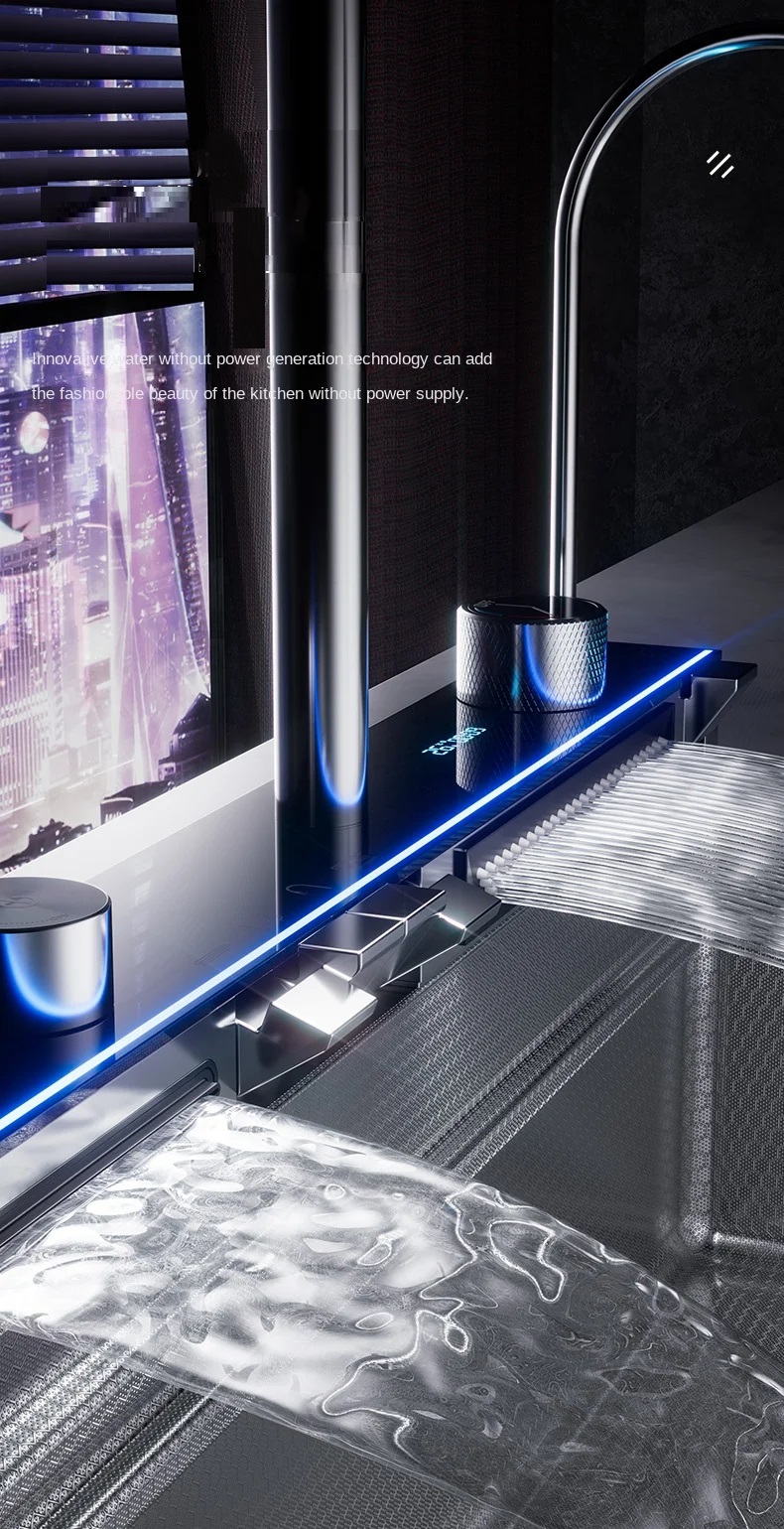
Is it necessary to replace the drain assembly when installing a new faucet?
It’s not always necessary, but it’s often recommended, especially if the new faucet includes a matching drain assembly. This will ensure all fixtures match in finish and style, and it can help avoid future leaks if the old drain assembly is worn out.
Did you know? Installing Faucet Bathroom upgrades style.

Summary of Steps
Changing a faucet in the bathroom may seem like a daunting task; however, with proper guidance, it can be an easy, straightforward DIY project. This article started by understanding how to replace bathroom faucet components and essential tools. If you’re wondering how to replace a bathroom faucet, we emphasize that the first step is turning off the water supply to avoid unexpected leaks. Knowing how to change a bathroom faucet involves detaching the old fixture, which may include learning all the steps related to how to remove bathroom faucet parts carefully. If you’re asking how to swap out a bathroom faucet, ensure you have a wrench, plumber’s tape, and the right replacement model. When replacing bathroom faucet systems, always check for compatibility with the sink. For those new to DIY, tutorials on how to change bathroom sink faucet or how to install a new bathroom faucet provide clear steps. If you’ve wondered, how do I replace a bathroom faucet, start by loosening the nuts underneath the sink, often the trickiest part when removing bathroom faucet fittings. If you’re faced with how to remove faucet from bathroom sink, some penetrating oil can help loosen stubborn connections. After removing the old unit, follow guides on how to install new bathroom faucet options to secure the fixture. When replacing faucet in bathroom, always remember to connect the water lines properly to avoid leaks. Even if you’re just putting in a new bathroom faucet, and keep checking for leaks after installation. For more specific queries like how to change out a bathroom faucet or how do you remove a bathroom faucet, many online resources including videos offer detailed step-by-step illustrations and instructions. Whether it’s changing bathroom faucet designs or tackling a project like remove and install new faucet in the bedroom sink, attention to detail ensures success. Finally, whether you’re set on replacing bathroom sink faucet or simply exploring how to replace faucet fixtures, these tasks are manageable with the right preparation and patience. It should guide you easily to such steps with no issues.

How do I care for and maintain my new faucet?
If cleaned regularly with a mild soap and water solution, it will help prevent the buildup of lime and hard water stains. Avoid using abrasive cleaners or pads, as they might scratch it. Check for leaks under the sink periodically and tighten connections as necessary.
Did you know? Customizing Faucet Bathroom adds uniqueness.
Review and explore list of articles from FontanaShowers and the FontanaShowers Blog that discuss faucets, including top brands, replacement guides, and different finishes:
-
Top Rated Faucet Brands
An overview of leading faucet brands, highlighting their unique features and design aesthetics.
Read more -
How to Install Bathroom Faucet
A step-by-step guide to installing a bathroom faucet, ensuring a seamless and leak-free setup.
Read more -
What Are the Pros and Cons of Bathroom Faucets Brushed Nickel
An analysis of brushed nickel faucets, discussing their advantages and potential drawbacks.
Read more
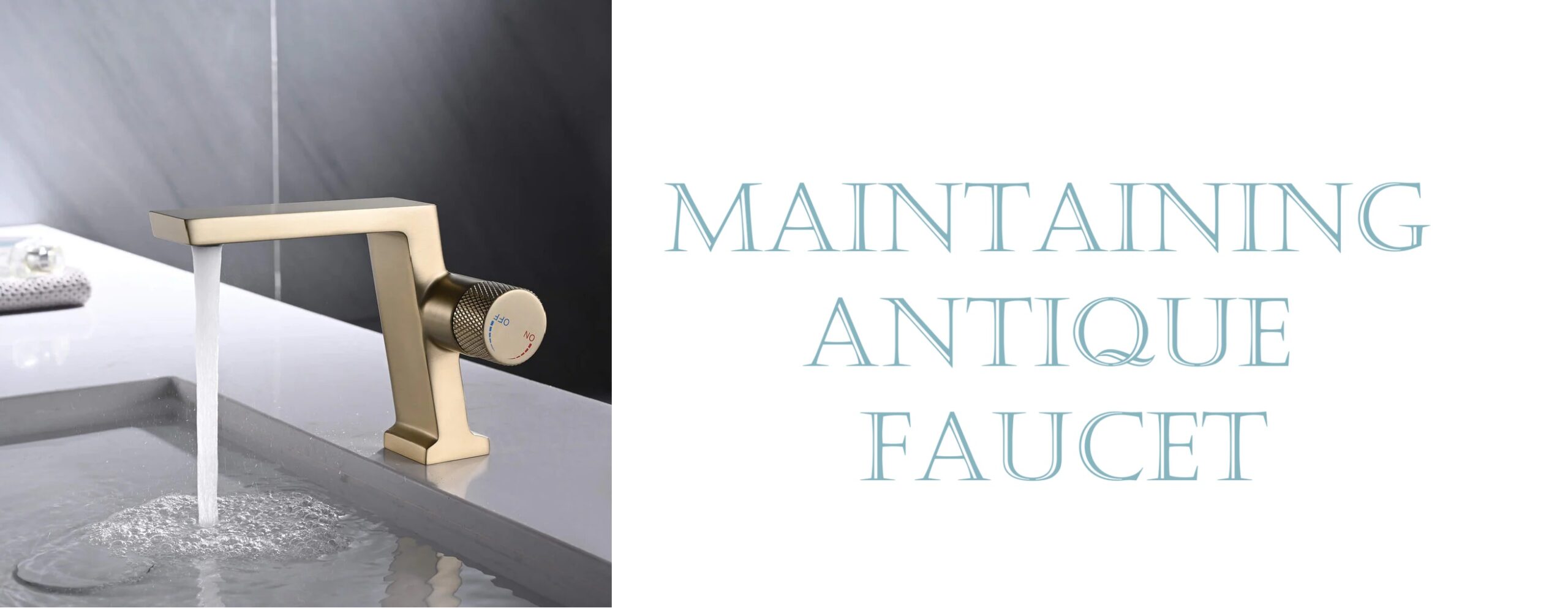
- 7 Tips for Maintaining Your Antique Brass Bathroom Faucet
Maintenance tips to preserve the beauty and functionality of antique brass faucets.
Read more - 6 Tips for Maintaining Your Champagne Bronze Bathroom Faucet
Guidance on keeping champagne bronze faucets in optimal condition.
Read more - Which Types of Bathroom Faucets Are Best for Small Bathrooms
Recommendations for faucet styles that maximize space in compact bathrooms.
Read more - What Are the Best Touchless Faucets
An exploration of touchless faucet options, emphasizing hygiene and convenience.
Read more - Top Faucet Brands 2025
A forward-looking article predicting the top faucet brands and innovations expected in 2025.
Read more
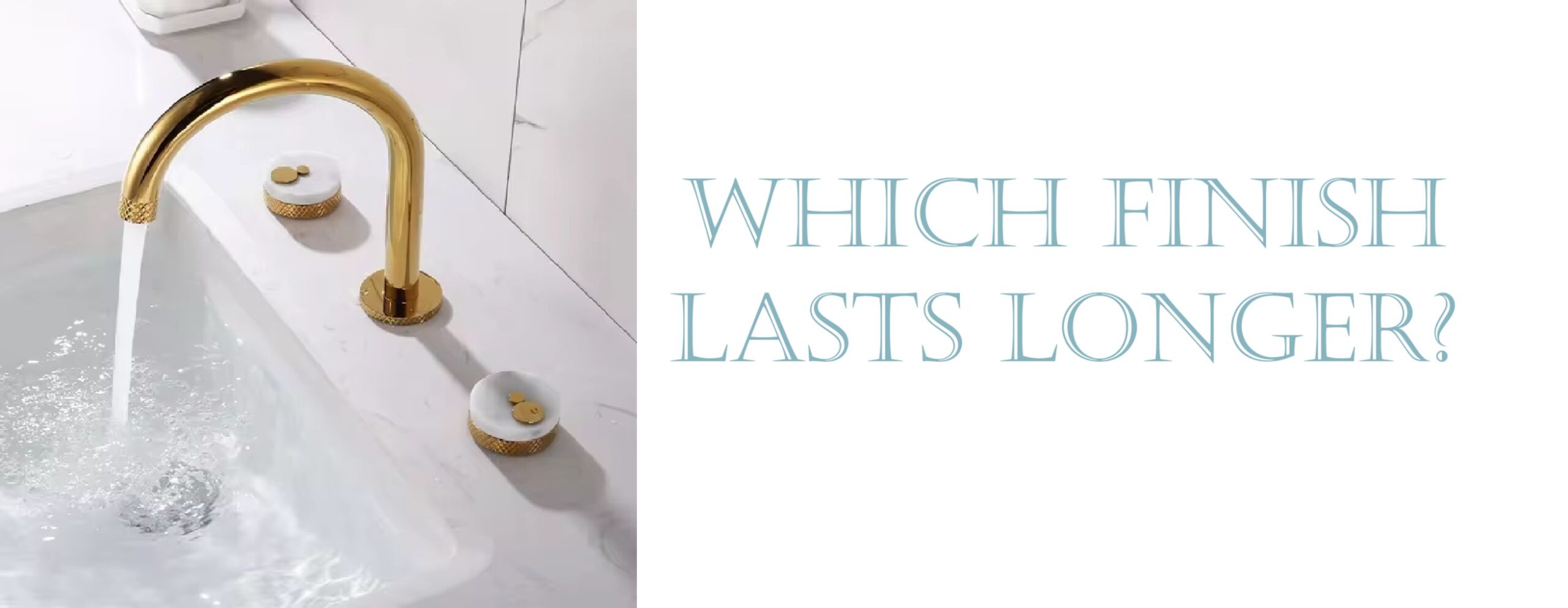
- Selecting Your Faucets: Solid Brass Nickel and Satin Finishes
Insights into choosing faucets with solid brass, nickel, and satin finishes for durability and style.
Read more - How to Install Modena Widespread 8″ Antique Brass Bathroom Sink Faucet Dual Handle Mixer Faucet
Detailed instructions for installing the Modena widespread antique brass sink faucet.
Read more - Kitchen & Bathroom Faucet & Showers
A comprehensive guide to FontanaShowers’ range of kitchen and bathroom faucets and showers.
Read more - What Are the Pros and Cons of Bathroom Faucets Brushed Nickel
An analysis of brushed nickel faucets, discussing their advantages and potential drawbacks.
Read more - 7 Tips for Maintaining Your Antique Brass Bathroom Faucet
Maintenance tips to preserve the beauty and functionality of antique brass faucets.
Read more - 6 Tips for Maintaining Your Champagne Bronze Bathroom Faucet
Guidance on keeping champagne bronze faucets in optimal condition.
Read more - Which Types of Bathroom Faucets Are Best for Small Bathrooms
Recommendations for faucet styles that maximize space in compact bathrooms.
Read more
Did you know? Redesigning Faucet Bathroom improves style appeal.
Changing Out and Picking Bathroom Faucets
A Look at Brushed Nickel and Chrome Options
When remodeling a bathroom, picking out the right faucets can bring together functionality and style. Of course, several finishes are popular, two of which are brushed nickel and chrome; each has unique characteristics. Brushed nickel faucets offer a warm, matte look that does not easily show fingerprints and is excellent for an always busy bathroom. Chrome imparts a bright, polished, reflective look often used in a more modern style. Both finishes have pros and cons, and decisions regarding choosing one over the other, such as in a “chrome vs. brushed nickel” debate, often come down to personal preference and the overall design theme.
Replacing a Bathroom Faucet
A Step-by-Step Approach
Replacing a bathroom faucet can be straightforward for one well-versed with basic plumbing. Tool availability and guides provided by stores like Lowe’s Home Improvement can be invaluable for the novice. Lowe’s carries a variety of bathroom faucets and replacement guides to more easily find faucets, such as the Delta Champagne Bronze, to add luxury to the bathroom. Change a bathroom faucet by turning off the water supply, disconnecting the water lines from the faucet, and unscrewing the faucet from the sink. If you are wondering “how to remove a bathroom faucet,” follow these steps: turn off the water, loosen connections, and carefully lift the old faucet. Replacing a faucet is as easy as reversing these steps, securing the new fixture, and reconnecting the lines.
Did you know? Replacing Faucet Bathroom improves functionality.
How to Maintain and Shine Bathroom Faucets
After installation, maintaining the shine of faucets is vital in sustaining their beauty. Clean these brushed nickel or chrome finishes with a mild soap solution; harsh chemicals may tarnish the surface. If you’re into “how to make a shining faucet,” gently polish with a soft cloth after cleaning. Then, the matte finish in brushed nickel is much more resistant to water spots than chrome, but when they are subjected to polishing, chrome will have a reflection just like a mirror. Regular cleaning will keep them in their best condition, whether brushed nickel or chrome.
Complementing Fixtures: Showers, Toilets, and Bidets
Other than faucets, showers, bidets, and toilets can be upgraded for a thorough bathroom renovation. Luxury showers and high-quality bidets are increasingly chosen because of their extra comfort. Lowe’s Home Improvement carries everything from highly rated models from the best shower head brands to plenty of options for the “best bidet 2024.” Enhancing these elements and an automatic soap dispenser adds functionality and a touch of luxury. Your bathroom can become a place of refinement and efficiency with thoughtful selections.
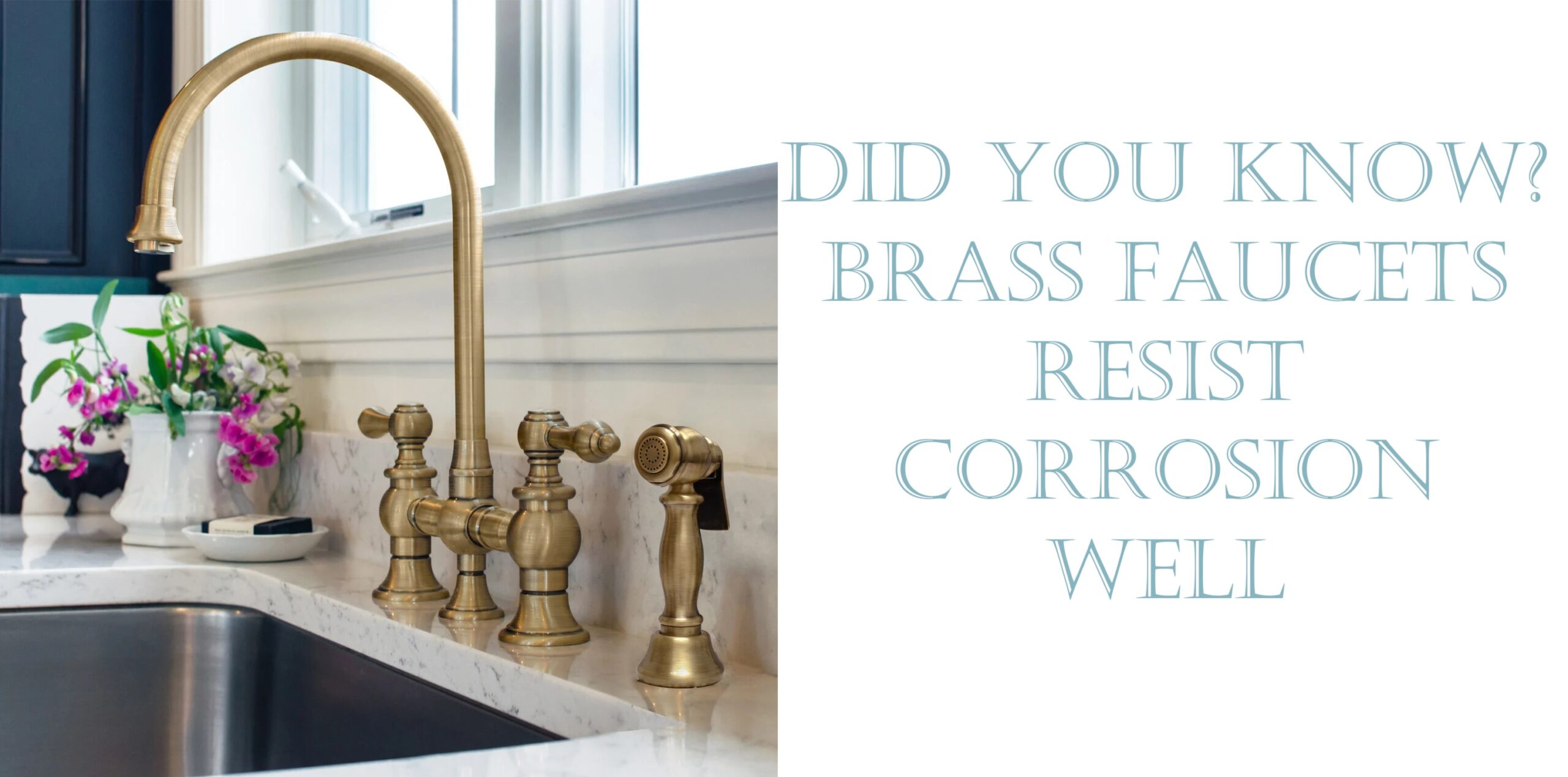
FontanaShowers
FontanaShowers blogs contain vast information, including technical data, installation tips, and maintenance advice for luxury bathroom fixtures. These blogs have an essential role in helping clients make informed choices, highlighting certain unique features of their products, and recommending professional advice that enhances the entire user experience... Read More
Did you know? Switching Faucet Bathroom is easy.
Pros and Cons of Brushed Nickel Bathroom Faucets
Explore the benefits and drawbacks of choosing brushed nickel for your bathroom faucets.
Read More
6 Tips for Maintaining Your Champagne Bronze Bathroom Faucet
Keep your champagne bronze faucet looking new with these essential maintenance tips.
Discover Tips
How to Replace a Bathroom Faucet
A step-by-step guide to replacing your bathroom faucet with ease.
Learn More
Did you know? Modernizing Faucet Bathroom saves water.
Benefits of Touchless Bathroom Faucets
Discover the advantages of installing touchless faucets in your bathroom.
Explore Here
Did you know? Adjusting Faucet Bathroom optimizes flow.
Sustainability in Lowe’s Bathroom Faucets
Find out why Lowe’s bathroom faucets are a sustainable choice.
Read More
Maintaining Your Antique Brass Bathroom Faucet
Keep your antique brass faucet in top shape with these 7 tips.
Learn Tips
Leading Plumbing Distributors
Check out the top distributors providing quality plumbing fixtures.
Explore Here
Top Brands for Touchless Bathroom Faucets
Find the best brands for touchless faucets in commercial and residential spaces.
Discover Brands
Did you know? Reinstalling Faucet Bathroom prevents leaks.
FontanaShowers Among Top 20 Bathroom Fixture Brands
Find out what makes FontanaShowers a top choice among bathroom fixture brands.
Learn More
Best Bathroom Faucets for Small Bathrooms
Discover faucet styles that are ideal for compact bathrooms.
View Options
Did you know? Repairing Faucet Bathroom extends lifespan.
Why Combine Bathroom Sinks with Faucets?
Discover the benefits of choosing bathroom sink and faucet combos.
Learn More
Oil Rubbed Bronze Faucets in Modern Designs
Find out how bronze faucets can complement modern aesthetics.
View Details
Did you know? Enhancing Faucet Bathroom boosts efficiency.
Top Faucet Brands of 2025
Discover the best faucet brands for 2025.
Read More
Commercial Bathroom Faucets from FontanaShowers
Explore FontanaShowers’ collection of commercial bathroom faucets.
Discover Options
2024 Consumer Report: Best Touchless Faucets
Get insights from consumer reviews on the top touchless faucets for 2024.
Read Report

